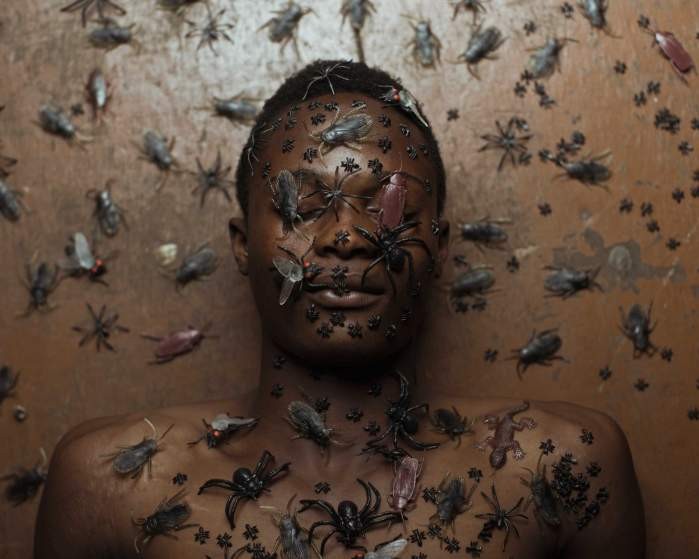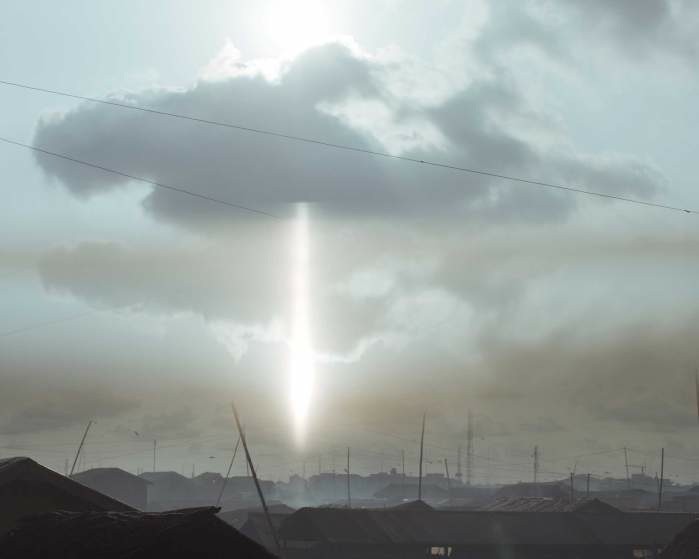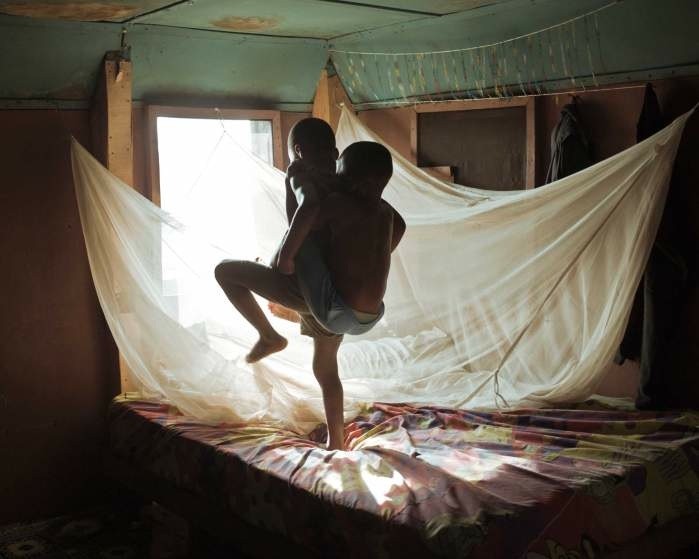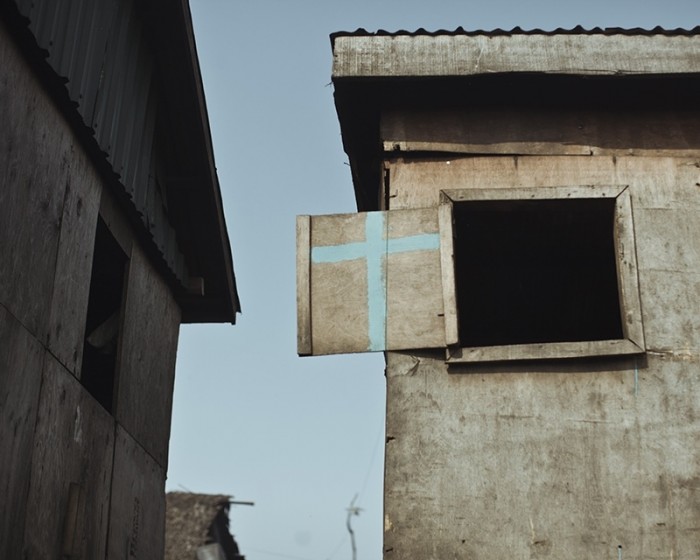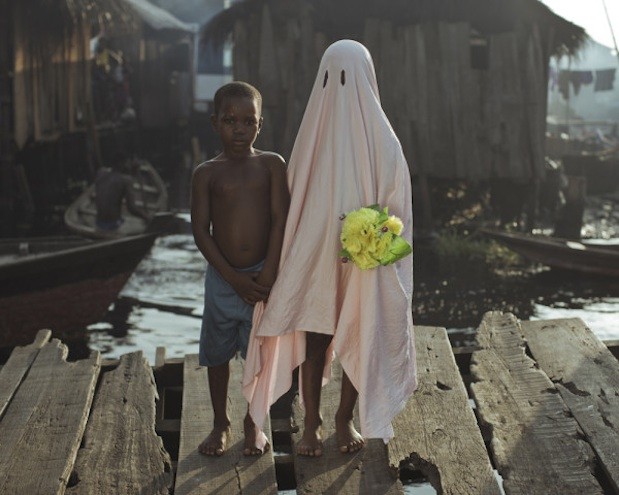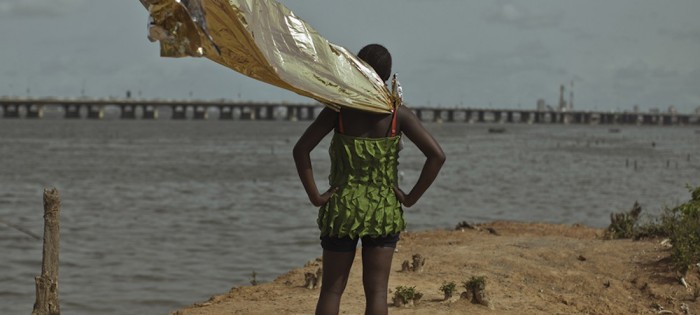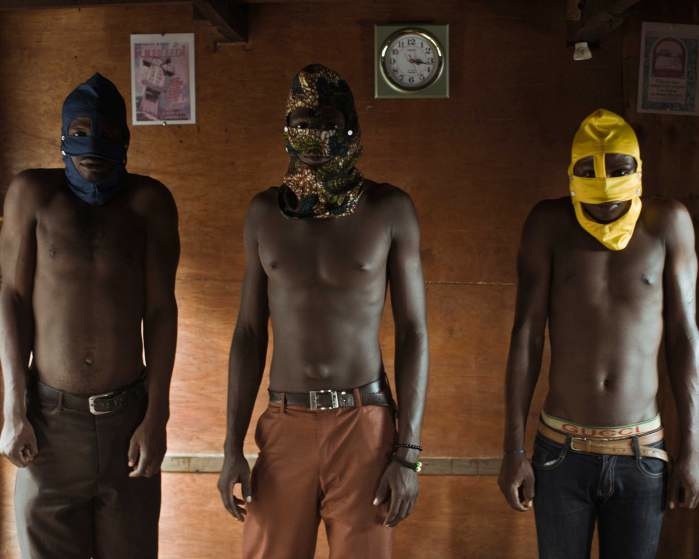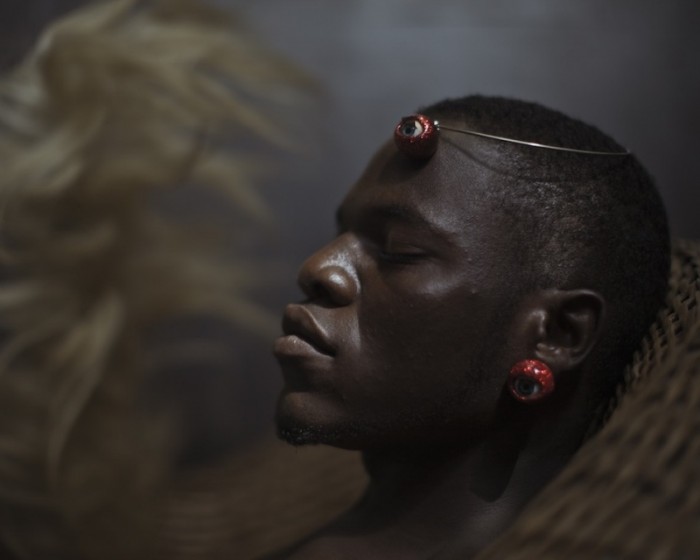Spanish photographer Cristina de Middel is a recovering photojournalist more drawn to how her medium can obscure the truth rather than depict it. Her book The Afronauts, which she self-published in 2012 with a print-run of only 1 000 copies, was a fictionalised account of the doomed but audacious space mission of one Edward Makuka Nkoloso, the founder and sole member of Zambia’s National Academy of Science, Space Research and Philosophy, in 1964.
De Middel’s Afronauts series captured people’s imaginations across the world for its imaginative, intentionally naïve recreation of the failed space project. Her latest project is This Is What Hatred Did, a modern-day photographic depiction of Nigerian writer Amos Tutuola’s novel My Life in the Bush of Ghosts.
Published in 1954, the novel tells the story of a five-year-old Nigerian boy who takes refuge in the bush after fleeing slave traders. The book recounts through his eyes what happens to him there – a perilous place where Yoruba spirits roam and fight one another.
De Middel describes it thus: "Our kid spent 30 years lost in the bush trying to find his way back home amongst the spirits and the dead. He got married twice; became a king, a god and a slave, a cow, a jar, a horse, a goat; ate gold, silver and bronze, snakes and snails; fought two wars and was sentenced to death half a dozen times... all that in just 100 pages.”
Tutuola’s story is surreal and full of references to Yoruba folklore, told in the deliberately naïve and non-linear voice of the young boy. It captures the magical and absurd reality of Nigeria in war-time and under the influence of traditional spirituality.
This Is What Hatred Did – taken from the last sentence of the book – adapts the characters, setting and the atmosphere of the book to Nigeria’s present-day situation. The spirit-infested bush is now Makoko, a floating slum in Lagos recently brought to global attention by forced removals and by architect Kunlé Adeyemi’s innovative design for a floating school. It’s a “place where no logic seems to prevail and that is equally forbidden for those who do not belong,” says de Middel, who spent some time in Nigeria at the invitation of the Lagos Photo Festival in 2013.
The photographer designed and made her own props included in the images. She also sought the co-operation and approval of Makoko’s community leaders when planning and shooting the series. She was driven by “the conviction that contemporary issues should be described in a way that includes the agent’s traditions, perspectives, fears and hopes”, she says in reference to her subjects.
“This series documents the enhanced reality of one of the most iconic places in Nigeria according to the always dramatic media,” she says.

